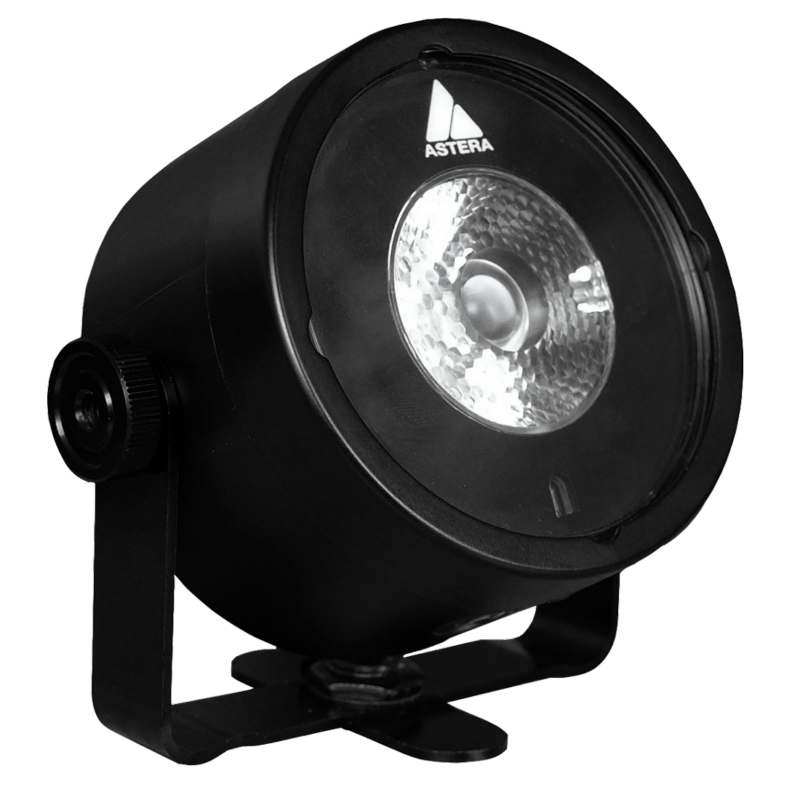Please note that due to a component shortage, we had to do internal changes to AX3 LightDrop and units manufactured after September 2022, they have the BTB feature built-in and are now called AX3-BTB.
Order Code | AX3-CRMX | AX3-BTB |
|---|---|---|
LED Engine | RGBW | RGBW |
Colors | RGBW | RGBW |
Total LED Power | 15 W | 15 W |
Luminous Flux 3200K | 430 Lumens | 430 Lumens |
Light Output 3200 K @ 2m | 1 300 Lux | 1 300 Lux |
CRI (Ra)/ TLCI 3200- 6500 K | ≤88 | ≤88 |
Beam Angle | 13° | 13° |
Field Angle | 22° | 22° |
Strobe | 0 – 25 Hertz | 0 – 25 Hertz |
Pixels | 1 | 1 |
Battery Runtime | up to 20 hours | up to 20 hours |
Battery Lifetime | 70 % after 300 cycles | 70 % after 300 cycles |
Charging Time (nominal) | 7 hours | 7 hours |
DC Input | 5 VDC – 2.5 A | 5 VDC – 2.5 A |
DC Connector | 5.5 mm x 2.5 mm | 5.5 mm x 2.5 mm |
Wired DMX | No | No |
CRMX Receiver | Built-in | Built-in |
BluetoothBridge BTB | No | Built-in |
Wireless Protocols | CRMX, UHF | CRMX, UHF, Bluetooth, Wifi |
Wireless Range | CRMX/UHF up to 300 m / 330 yds | CRMX/UHF up to 300 m / 330 yds Bluetooth up to 3 m / 3.3 yds |
Infrared Control | Yes | Yes |
Housing Material | Aluminium & Polycarbonate | Aluminium |
IP Rating | IP65 (only with Waterproof Protection Cover (AX3-SP)) | IP65 (only with Charging Socket Cover (AX3-SP) |
Ambient Operating Temperature | 0 – 40 °C / 32 – 104 °F | 0 – 40 °C / 32 – 104 °F |
Weight | 0.68 kg / 1.4 lbs | 0.68 kg / 1.4 lbs |
Dimensions with bracket (L x W x D) | 120 mm x 59 mm x 114 mm / 7.4” X 2.3” X 4.4” | 120 mm x 59 mm x 114 mm / 7.4” X 2.3” X 4.4” |
Dimensions without bracket (Ø x H) | Ø95 mm x 59 mm / Ø3.7” x 2.3” | Ø95 mm x 59 mm / Ø3.7” x 2.3” |
Mounting Options | Magnet, 3x M4 threads, Bracket (with 1x 3/8" – 16 UNC thread, 2x 1/4" 20 UNC threads) | Magnet, 3x M4 threads, Bracket (with 1x 3/8" – 16 UNC thread, 2x 1/4" 20 UNC threads) |
All specifications provided are typical values and may be subject to change without prior notice.
